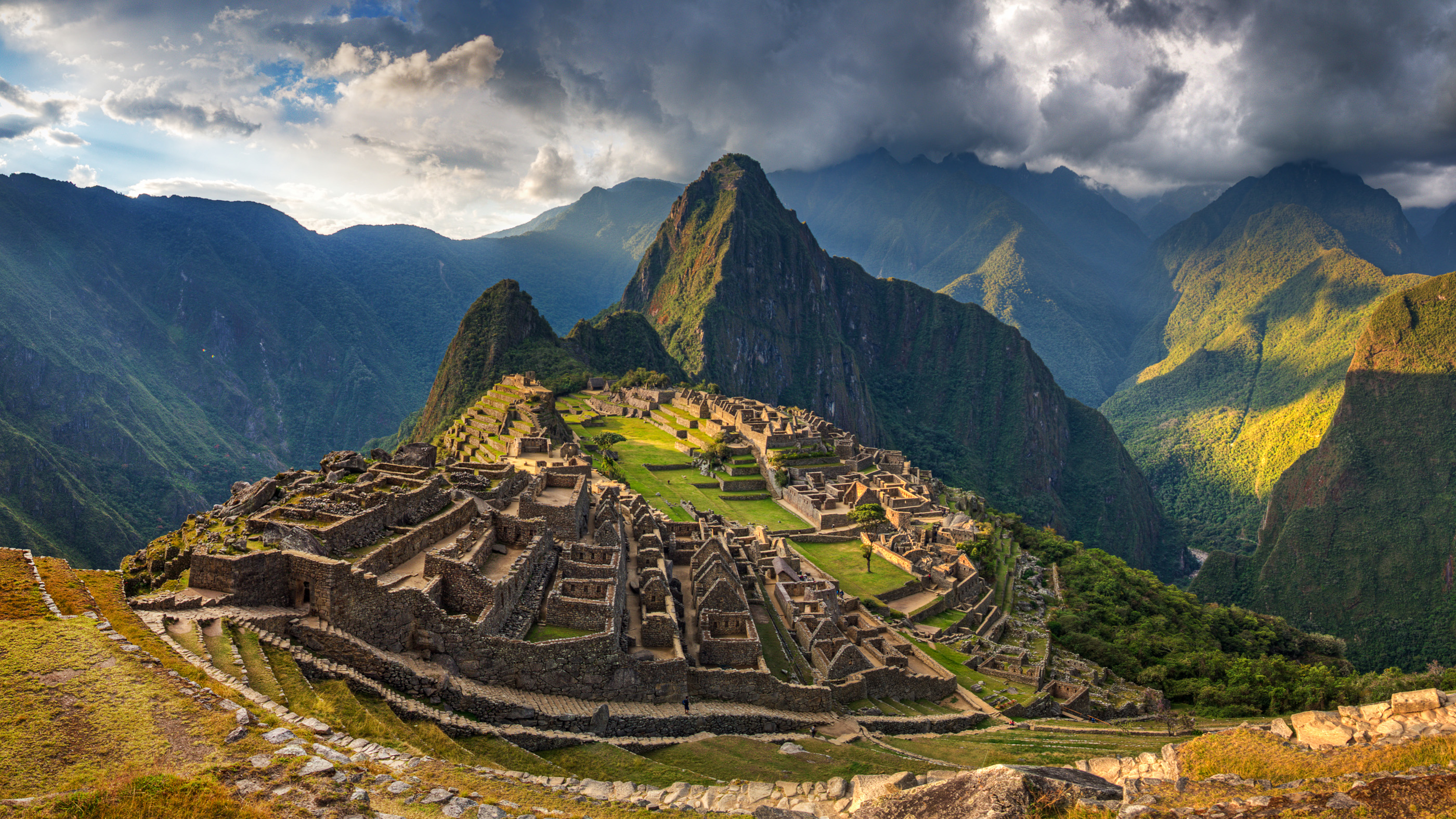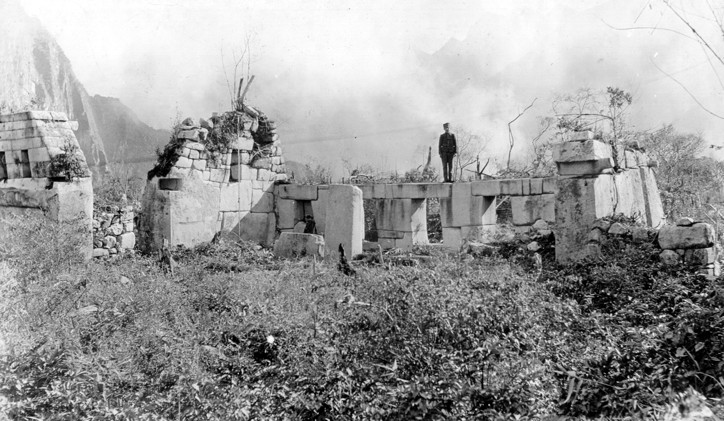Aubuchons Hardware Peru Ny Sump Pumps
Machu Picchu was built decades earlier than idea

The mountaintop Inca citadel of Machu Picchu in southern Peru was built and inhabited decades earlier than previously believed, co-ordinate to new radiocarbon dates of human remains institute at the archaeological site.
The discovery that Machu Picchu was inhabited by 1420 — and possibly much earlier — has implications for how early the Inca Empire rose to ability.
"Machu Picchu is among the near famous archaeological sites in the world, only until now estimates of its antiquity and the length of its occupation were based on contradictory historical accounts written by Spaniards in the flow following the Spanish conquest," study lead writer Richard Burger, an archaeologist and anthropologist at Yale University in Connecticut, said in a statement.
Related: Image gallery: Inca child mummies
Those historical accounts suggested Machu Picchu was congenital between 1440 and 1450.
But in the new research, Burger and his co-authors found that human being remains unearthed at the site evidence Machu Picchu was inhabited more than than twenty years before than expected.

'Lost city'
Machu Picchu is located high in the Andes, at a height of about 8,000 anxiety (ii,430 meters) on a mountain ridge in Peru's Eastern Cordillera mount range.
It was abandoned in the 1530s after the Spanish invasion and later became popularly known in the west as the "Lost City of the Incas," although its location was never unknown by local people. Yale University's Hiram Bingham led expeditions to the site in 1911 and 1912, and it became world-famous in the decades that followed as an icon of the Inca civilization.
Archaeologists call back Machu Picchu was built as an estate for the emperor Pachacuti, a hereditary ruler born in Cuzco, the Inca majuscule in what is at present southeastern Peru. Co-ordinate to a chronology based on Spanish documents written after the conquest, the iconic citadel was built nearly 1438, after Pachacuti ascended to ability and began expanding the empire into the nearby regions. .
To determine just when Machu Picchu was built, Burger and his colleagues examined the remains of 26 people — believed to be servants — that Bingham's expeditions found at 3 cemeteries in Machu Picchu.
The new analysis measured the ratio of sure versions, or isotopes, of carbon in the bones, using a sensitive technique known as accelerator mass spectrometry (AMS). Considering the radioactive isotope carbon-14 decays at a certain rate and stops accumulating after living things die, the amount of this isotope tin can reveal how old organic materials are.
Burger explained that AMS is especially useful for dating the basic of skeletons where only small amounts of organic material remain.
The results show that Machu Picchu was occupied from at least 1420 until 1530 — decades before than previously idea. That in plow suggests that Pachacuti rose to ability and began to conquer neighboring regions before that, the researchers wrote.

Inca chronology
Previous estimates of the age of Machu Picchu were derived from historical records compiled after the Castilian conquest in the 16th century past the Spanish rulers of the region, and the new discoveries challenge the reliability of using the historical records of colonial forces, the researchers wrote.
"Modernistic radiocarbon methods provide a meliorate foundation for understanding Inca chronology than the contradictory historical records," Burger told Antiquity.
Dennis Ogburn, an anthropologist and archeologist at the University of Northward Carolina at Charlotte, who was not involved in the research, said the discrepancy of several decades in the rise to power of Pachacuti would have implications for the understanding of Inca history.
Inca chronology "shows us non only how fast their empire expanded, simply besides how long they had to consolidate their control over the provinces they conquered," Ogburn told Live Science in an email.
"As we are able to revise and improve the chronology based on radiocarbon dates, we are coming to see that the Inca created and began expanding the Empire perhaps three or 4 decades earlier than the [historical] chronology indicated," he said.
Before improvements in radiocarbon dating similar AMS, "we had little hope of refining the chronology of the Inca Empire because it was such a short-lived miracle in archaeological terms," he said. "Radiocarbon dates from earlier research did non have the resolution that allows us to fine tune things like we can now."
The findings were published Tuesday (Aug. 3) in the periodical Antiquity.
Originally published on Alive Science.
0 Response to "Aubuchons Hardware Peru Ny Sump Pumps"
Post a Comment